Enjoy 25% Off All Fonts. Use Coupon Code ENDYEAR25 before December 31, 2025.
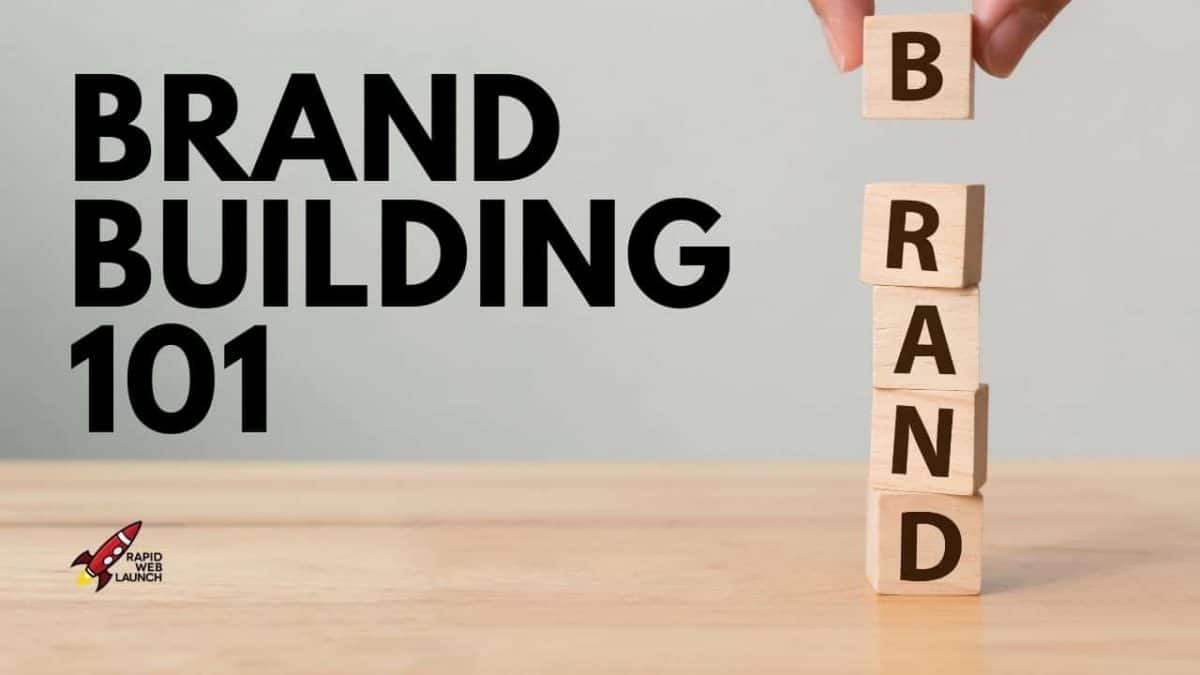
In the beginning, the idea of making logos for novices might be quite intimidating. However, this is not always the case. Logos are now at the core of everything we do. Every logo we see here is part of the daily routine, from our clothes to our cellphones to our food. Symbols, characters, and numerals may range from the simple to the incredibly complex and memorable. To convey your company’s core values to the public, a logo is essential.
A logo’s future perception is hard to forecast because industries and trends change constantly. Finding out what well-known companies are doing properly might help you enhance your own company and create a better relationship with your target audience.
Why is a brand’s logo so powerful? The best logos are instantly identifiable, reflect a company’s image, and stand out from the rest. Others are inspired to have faith in their abilities since they appear to be ageless. Using logos that adapt to any size or environment is a possibility.
No matter what sort of business you run, it’s vital to have a memorable logo. Using this lesson, you can learn how to create a logo from scratch, as well as see samples of logos you may use as inspiration and much more.
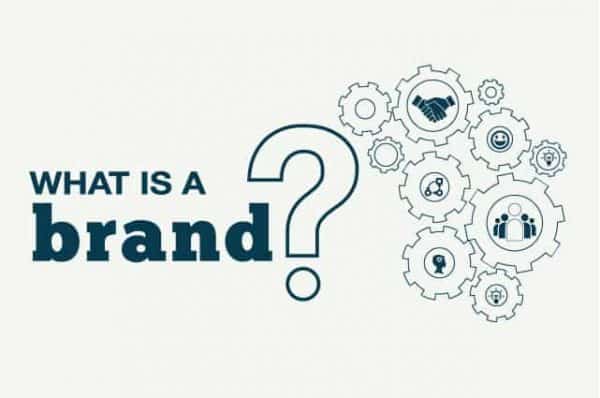
As an idea or image that people associate with a company’s products, services, and activities, a brand may be thought of as having a practical and an emotional connotation. To build a brand, more than only the physical attributes of a firm or its product are necessary.
When a trademark, logo, brand style, or even a message is presented, this blend of emotional and physical emotions is triggered.
While a product can be easily copied by other companies in the market, a brand is instantly recognizable. For example, despite the fact that Pepsi and Coca-Cola have essentially identical flavors, some individuals prefer Coca-Cola while others prefer Pepsi.

It is the process of creating and molding an image in the minds of customers so that an organization, product, or service may be recognized and valued. Businesses use this strategy to help customers quickly recognize and experience their brand and give them a reason to choose their products.
Nowadays, branding encompasses much more than simply a company’s look and logo. That emotional “gut feeling” reaction that a corporation may cause in its clients has come to symbolize this.
Your company’s image is summed up in what others think of it as a whole under the term “brand.” When it comes to building a brand, though, it’s all about the actions you do to achieve that goal.

Consider the following reasons why your firm should be branded.
What matters is that you have a company, are in a certain sector, or are looking for a specific sort of customer—if you’re in the company, you’re up against several fierce competitions. Using branding as a tool to better identify your unique selling proposition may help you stand out from the crowd. In addition, it demonstrates to your clients why they should choose you instead of your rivals.
For a successful brand, you must be identifiable—the right marketing strategy. Create an eye-catching logo and other branding collaterals that will help you establish a distinct style as well as increase market recognition.
Businesses that engage with their customers on a personal level are by far the most successful. A strong emotional connection is a key to converting a potential consumer into a long-term customer. Branding allows you to control how people interpret and perceive your brand, and you can ensure that image and experience are constant throughout your brand signifiers.
Many workers want more than a profession; they want a reason to work hard for something bigger than themselves. There is greater pride in a company’s mission if its employees know what it stands for, what it stands for, and why it stands for. Your company’s logo may be transformed into an image that can be shared on Instagram by everyone.
What does branding mean? Is it important? You no longer have to wonder about these questions since branding is crucial! The ability to distinguish oneself from the competition is essential if you want to build a following of long-term clients.
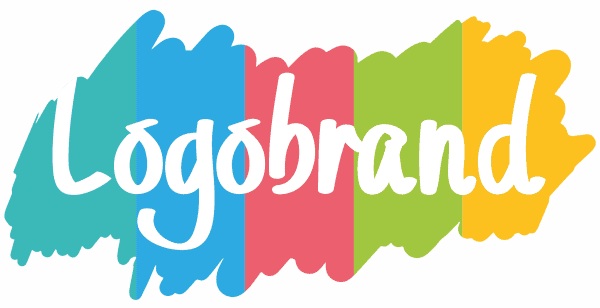
So much more can be accomplished with a logo. Your company’s idea and the general region in which it works should be reflected in a memorable and eye-catching graphic. In addition to business cards, signage, and take-out containers, you’ll also want to include the logo on your clothing, website, and social media profiles.
The logo you pick shapes the first impressions customers get of your business. Customers are increasingly choosing businesses online or via mobile applications, and the logo is becoming increasingly important as a result. The visual expression of your company or brand, originality, and general success are depicted in this piece.
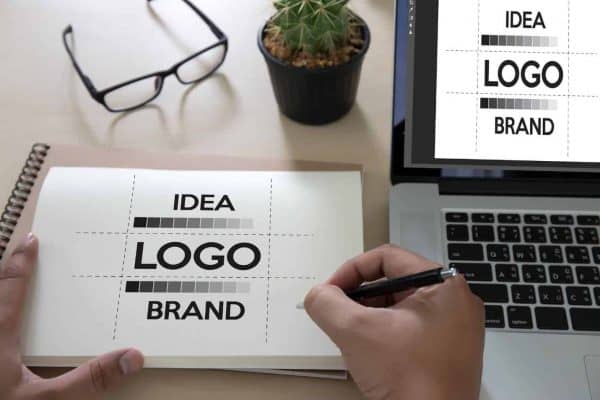
For the reasons outlined below, selecting the right logo is crucial for your firm.
For the first time in your life, you have the chance to do something perfectly.
It’s important to remember that a company’s logo is its primary point of contact with its own target audience. Since your website is poorly designed, you’ve just lost a potential consumer. To keep them interested, you’ll want to provide them with further information about your firm.
First impressions are everything, and your logo is a great way to make a strong one. People will know you’re a market leader as soon as they view your company logo.
It’s all about evoking the right emotions in your audience by telling a compelling tale.
Even if they just make up a minor part of a company’s total brand, logos are essential to its narrative. You need a distinctive logo to convey your company’s story.
By combining them into a company logo and other branding materials, you may build a true and credible brand reputation.
When it comes to a corporate logo, you have the opportunity to illustrate why yours is better. By displaying your verdant and earthy insignia, you are the only one of fifty restaurants in your area that cares about the environment.
By picking an appropriate logo or typeface, a well-designed logo may communicate anything from the company’s past to its goals.
Using the logo as a platform, you may communicate your values and demonstrate to your consumers that you are better than your competitors.

Your company’s uniqueness may be conveyed via the use of distinct colors. Observe how your brand is perceived by those who will be using it.
As a business owner, you might want to consider a logo color scheme that ties in well with your brand. Instead of using dark or subdued themes, fast food chains, for instance, decorate with bright colors like red and yellow.
The use of typefaces, alone or in combination with a picture, is the best way to communicate your company’s unique identity. A serif font has a more professional look than one that does not have a serif. As a result, script fonts seem more handcrafted.
Lettering styles range from elegant calligraphic typefaces to a more casual approach. A font’s sumptuous look makes it stand out from the others.
No matter how big or little your brand is, it must be instantly recognized by your target audience. Using a design grid might help you prevent stretching or deforming your logo when you increase or decrease its size.
If you’re just starting out with logo design, remember that a memorable logo is essential if you want to be regarded seriously. It’s a terrific method to discover how to distinguish out of the industry by looking at other firms’ design choices. You’ll also get a thorough list of the best logos at the end of this article.
What are some of the things that make a logo successful? When it comes to a logo, exceptional ones are instantly identifiable, convey advertising objectives, and separate themselves from the competitors in their target market’s thinking. They make a splash. With their timeless and informed demeanor, they exude authority. As long as the logo works, it may be used wherever. These are five of the most well-known and recognized logos in the world.
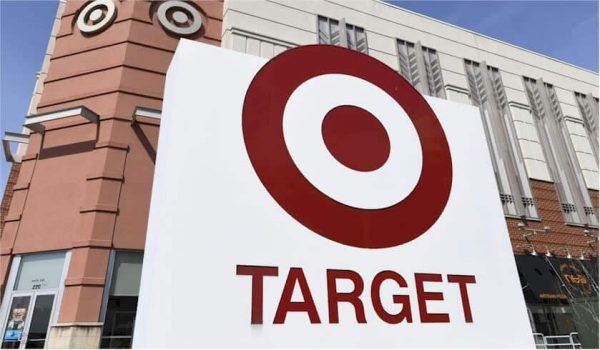
Target didn’t come up with its now-iconic logo until 1962. Three translucent circles and a bright red circle on the backdrop at first revealed the organization’s name, which was later obscured. After seven years, the corporation launched an earring-themed ad to use the goal symbol as the desired object for women.
The phrase “Target,” of course, may best be represented by a target. As far as I know, it was your intention. Despite what you would think, it’s extremely simple. However, the impact of the design is significantly more extensive.
In business, red is the color of enthusiasm, significance, and focus. Innocence, morality, and health are all associated with the color white. The colors employed in the company’s logo design accurately reflect the company’s values, according to our findings.

This is the most recognized symbol in the world! It wasn’t always this way; in 1976, Apple’s logo looked nothing similar to the ones we remember today. The original Apple was nothing more than a truncated apple. Between 1977 and 1998, Apple employed its first color display equipment in order to update on the rainbow-colored symbol.
What about the crunch in the apple?
“Megabyte” or “Byte” might theoretically be interpreted as “megabyte.” Customers who use Apple goods may see it as a representation of their knowledge. Regardless of the circumstances, we think it’s a wonderful method to add interest to a simple design.

The initial well-known Google logo was made in 1998 using a basic typeface to represent the company’s name. A new color scheme was introduced in 2009, while the old one remained in use until 2012. As a result, in 2014, Google made a design change to the logo’s spacing. For the first time in the company’s history, the logo was created using a brighter and more saturated typeface in 2015!
Customers familiar with Google’s services will be encouraged to make use of the company’s offerings. The use of color is essential because of Google’s choice to use an alternative design for its logo. The logo was designed to evoke primary colors like red, green, and blue.

In 1886, the black-and-white logo of Coca-Cola made its debut. Scriptwriting techniques haven’t changed much over the years, despite the fact that the style has altered. This was when the white and red color scheme of the company’s logo was formally launched.
The design of Coca-iconic Cola’s logo incorporates elements of Americana. The brand’s bohemian image is embodied through the script’s cursive form. The Coca-Cola brand conjures up memories of a wide range of demographics because of its nostalgic and generational appeal.

The last logo on our list is the world’s most famous café. Being one of the first multinational firms to adopt a modern style, it has a basic and straightforward logo design.
Throughout the company’s history, Starbucks has been searching for a logo that depicts the company’s early beverage dealers’ marine roots. A 16th-century Norse picture portraying a two-tailed mermaid holding the original title of the firm, “Starbucks, “surprised them.
Creating a logo for the first time doesn’t have to be intimidating. You’ll be able to develop your own logo in minutes, thanks to our detailed instructions. It’s time to put your imagination to work, and don’t forget to check out the best font to adorn your logos here!
Simply use the coupon code below and paste it on the checkout page.
Valid until the end of December 2025.